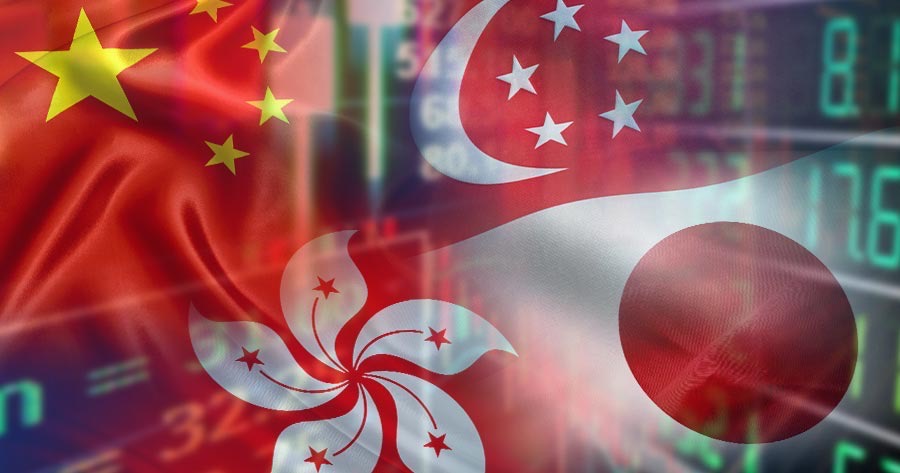Asian remained mixed as traders weighed remarks on China’s economy by Premier Li Keqiang with Federal Reserve minutes that struck a less hawkish note than markets had expected.
Shares in Mainland China and Hong Kong inched down while Japan and South Korea trading higher.
S&P 500 and Nasdaq 100 futures were little changed after the S&P 500 rebounded from a drop to end higher. The tech-heavy Nasdaq 100 outperformed.
Chinese stocks fell as investors remain watchful of measures to combat an economic malaise from strict Covid curbs. China’s economy is in some respects faring worse than in 2020 when the pandemic first emerged, Premier Li said, urging efforts to reduce a soaring unemployment rate.
Yields on 10-year Treasuries edged higher, as did two-year rates, which are more sensitive to imminent policy moves. Fed policy makers indicated their aggressive set of moves could leave them with flexibility to shift gears later if needed. The dollar slipped.
Investors took some comfort from the Fed minutes that didn’t show an even more aggressive path being mapped to tackle elevated prices. Still, volatility has spiked as the risk of a US recession, the impact from China’s lockdowns and the Ukraine war simmer.
“If inflation gets tame enough over summer, there may not be continued raising of rates,” Carol Pepper, Pepper International chief executive officer, said on Bloomberg Television, adding that investors should look at buying tech after the selloff. “Stagflation, I just don’t think that’s going to happen anymore. I think we are going to be in a situation where inflation will start tapering down and then we will start going into a more normalized market.”
Crude oil trading higher with the WTI trading around $110 a barrel and the Brent trading around $114 a barrel.





